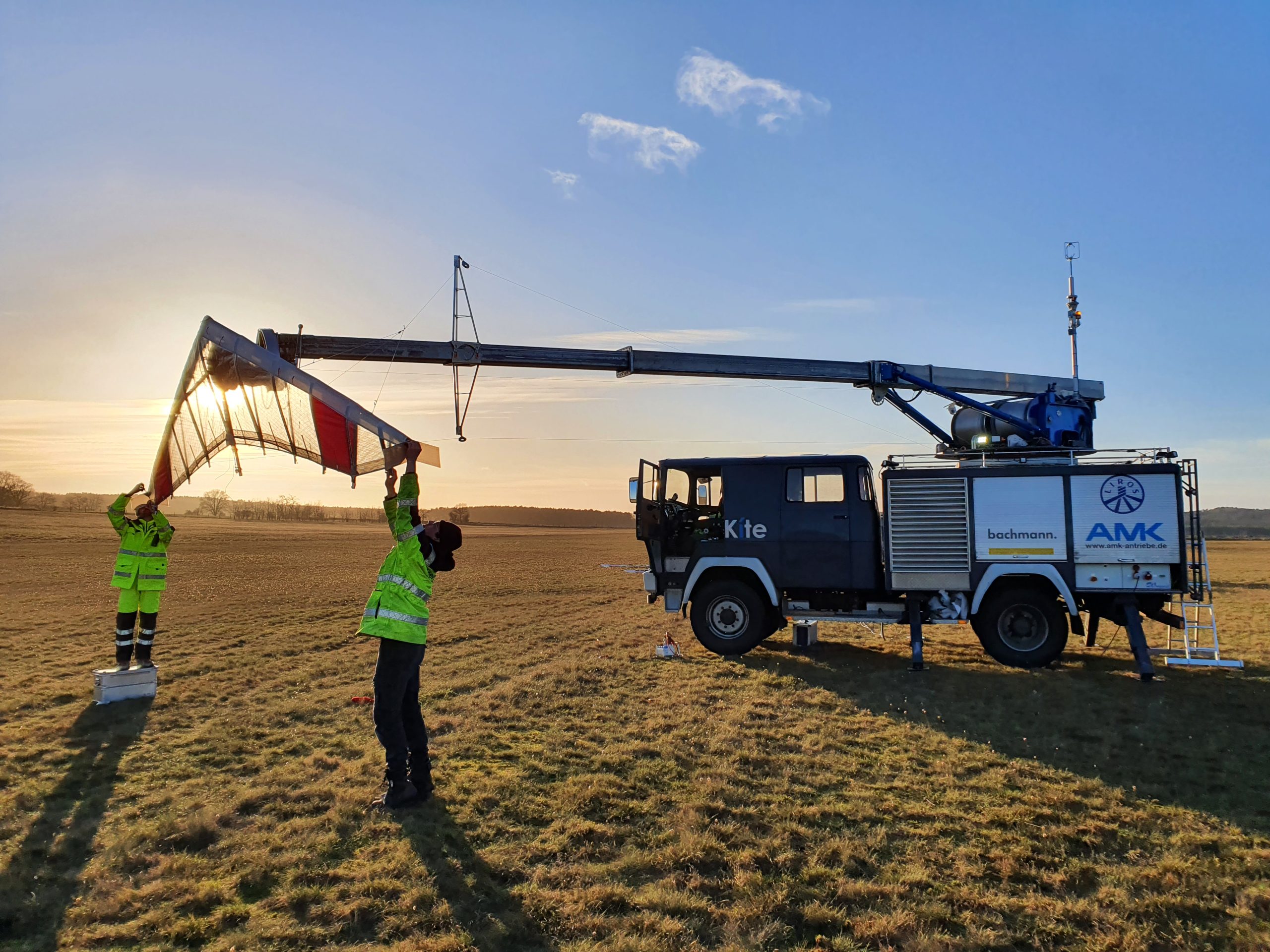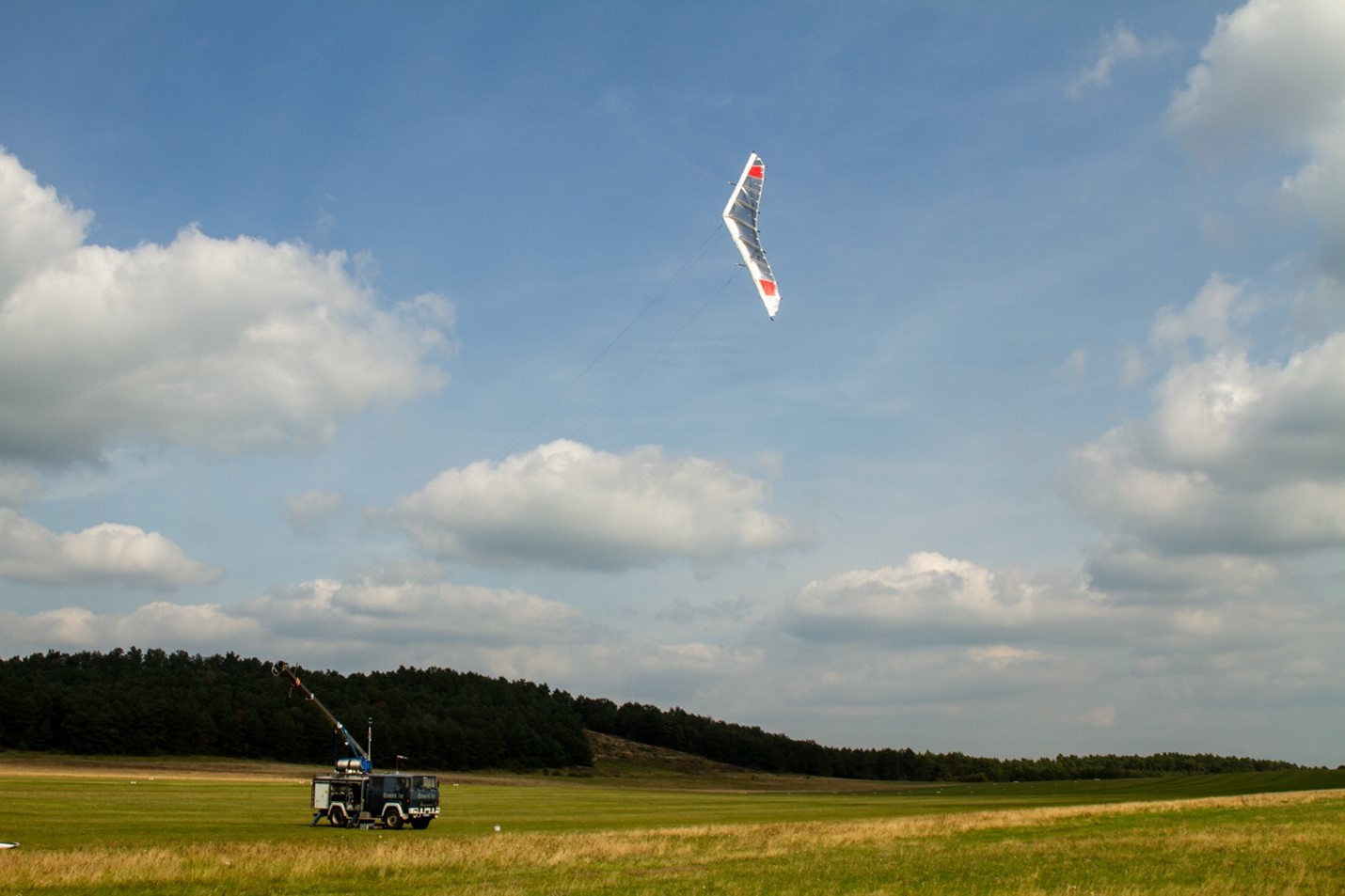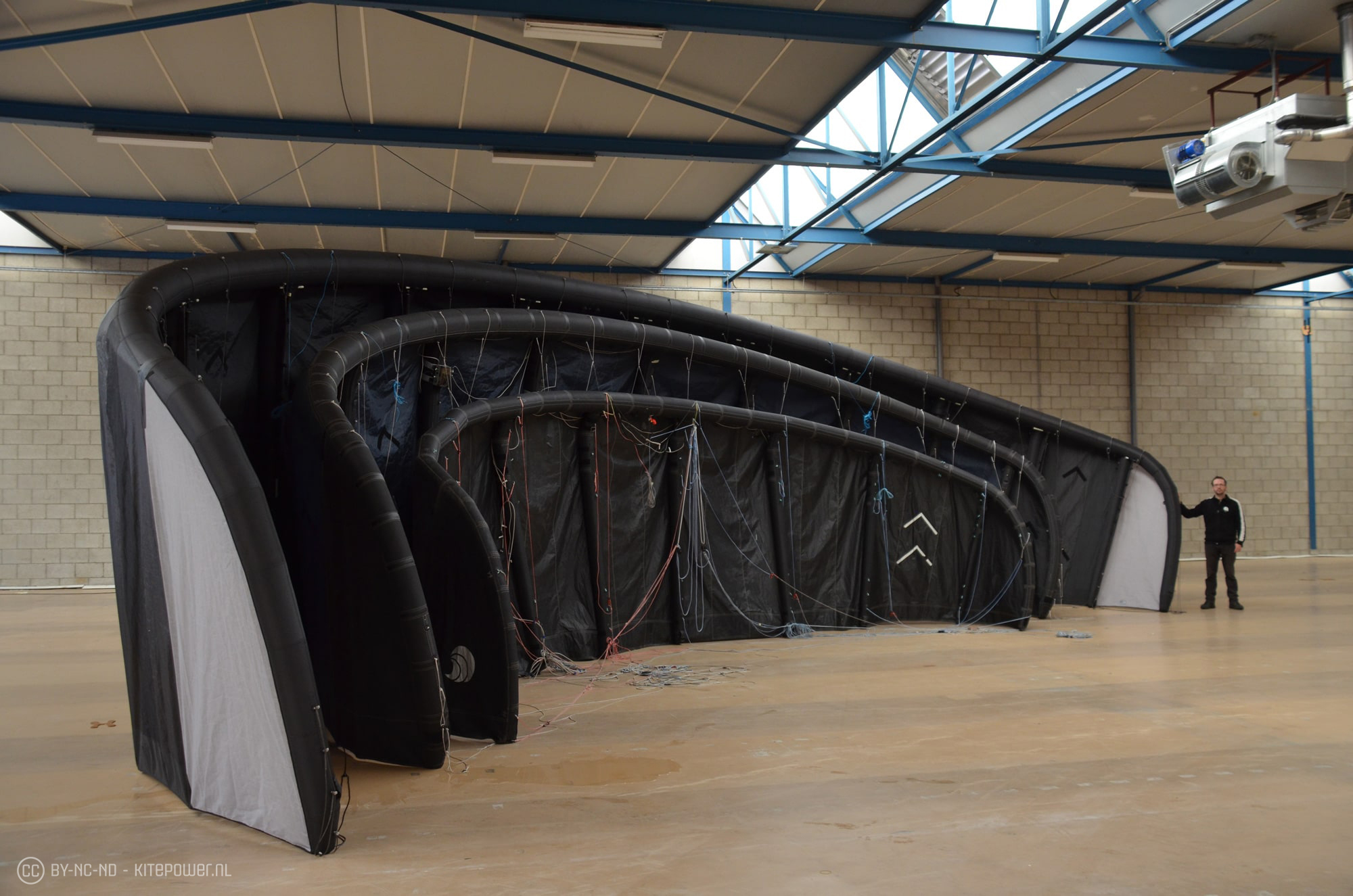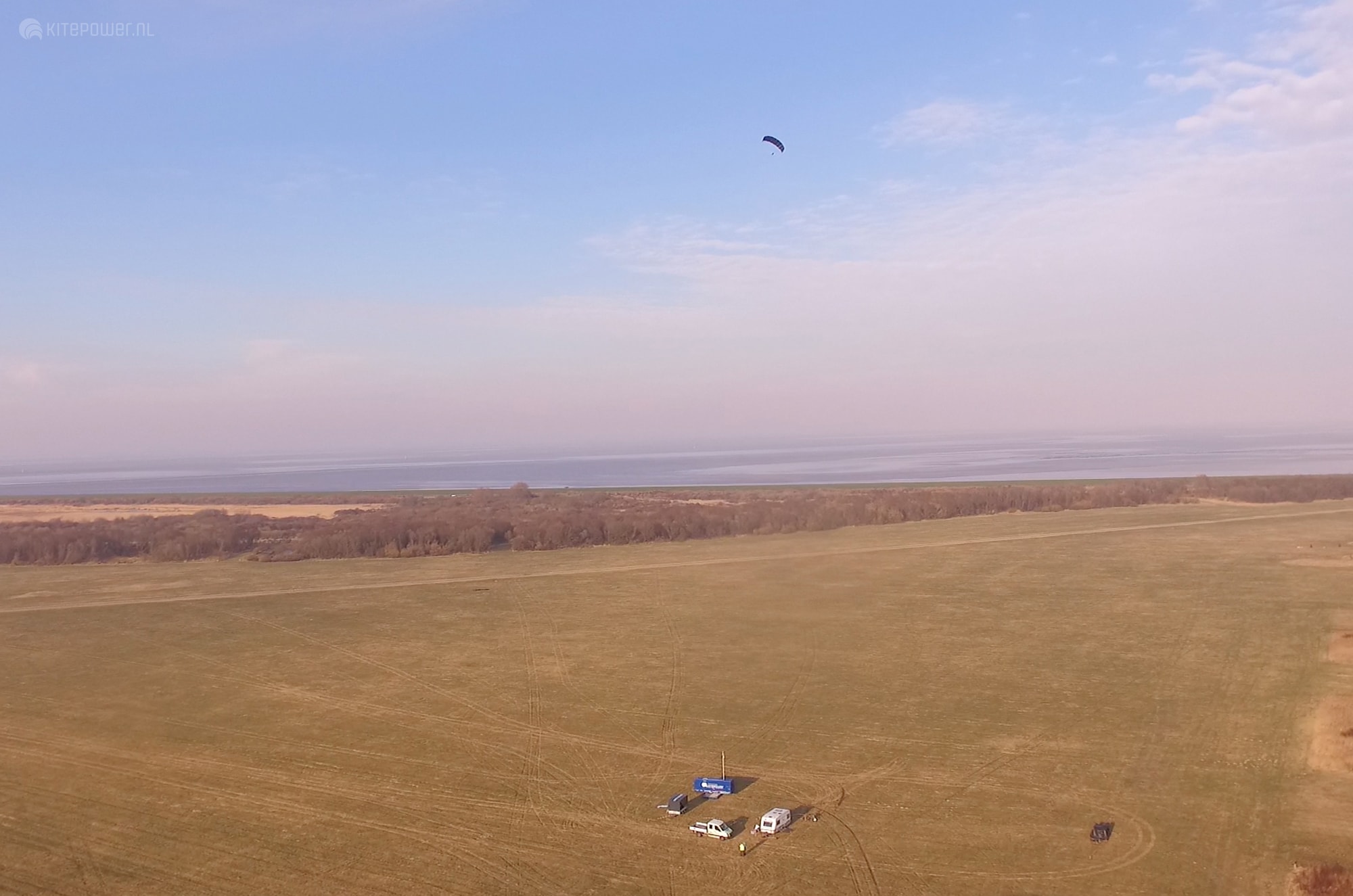Kites – the Future of Wind Energy?

Billboard
Skyscrapper
Halfpage
Renewable energy is one of the key answers to climate change, but it is not expanding fast enough. Only about 7% of the world’s primary energy consumption comes from wind power today. Enerkíte provides an innovative solution for next generation wind power.
A new approach to wind power
Nowadays, wind energy comes from wind turbines, which have large towers and blades. While they work efficiently, they are also contentious. Many people don’t have to have a wind turbine close to their houses, and environmentalists are concerned about the dangers to wildlife, such as birds. Another way to harness wind power is through kites. These small, tethered aircraft can harvest the energy with a fraction of the materials used in wind turbines.
According to Enerkíte, a German start-up, flying kites can produce even more energy than a wind turbine. Their system needs 10 times less buildings materials than conventional wind turbines and can work without a concrete foundation. Due to this material reduction, costs are much lower. The compact kites fly at an increased operational height and are barely visible from the ground, reducing visual obstruction and public opposition. This will make project realisation much easier, hopes Enerkíte.
Through the flying kite system, it will be possible to cut the carbon footprint of wind energy by 90 percent. The systems have at least the same life span as a wind turbine. They are also easily recycled. The kites themselves consist of aluminium, rather than of carbon or glass fibre reinforced plastics like wind turbines. In addition, the logistics surrounding kite systems are simple. They fit into standard shipping containers.

How the kites work
The idea of Enerkíte and similar start-ups such as Kitepower from the Netherlands is that the flying plug-and-play systems autonomously produce energy from wind. When there is no wind or a storm, the kite rests on the landing perch on the ground. It is “parked”, making it practically invisible.
During take-off and landing, there are on-board electrical machines that help to hover the kite in the air like a drone. The tether unrolls from a drum, enabling the kite to hover away from the ground station in a down-wind direction. Once the tether is completely unrolled, the kite experiences a vertical acceleration. The higher the speed, the more lift the wings can generate. Once it is at the sufficient height and speed, the kite will enter a figure eight flight mode.
Enerkíte expects the kite to be in figure eight flight most of the time while in a down-wind position. Here, the wings generate lift und push the kite forwards. This is comparable to the movement of the blade-tips of a conventional wind turbine. The on-board rotors of the kite then serve as wind turbines and generate electrical power, which reaches the ground station via the tether. The electricity can then be stored in batteries or fed into the grid.
By the way: A Finnish company has been very successful in storing renewable energy by using sand batteries. Read all about them here!

The potential of kite wind power
Enerkíte’s design is compact and allows for easy transport, meaning that even remote areas that do not qualify for wind turbines can benefit from the wind power system. It is easy to set up, almost invisible flying at 200 to 300 metres, and not audible. Therefore, the inventors hope for acceptance from neighbours.
The kites are designed for a decentralised electricity supply, for covering private needs, for supplying power to remote islands, or for feeding charging points for electric mobility. It is also possible to connect two or more systems to create a power park. The produced energy is independent, constant, and inexpensive. Low material costs and high yield mean that electricity can be produced for less then 3 cents per kWh, according to the company.
Compared to solar power, the energy yield of Enerkíte’s systems might be up to five times higher. Currently, the company is completing trials of the kites. Soon, the systems will be available on the market. There will be three sizes available. A 100 KW system mounted on a lorry, a permanently installed 500 KW version producing up to 570 MWh per year (enough for 200 households or a daily e-car allowance of 10,000 kilometres); and a 2000 KW system for offshore wind parks and smaller factories.

Ready for the future?
While Enerkíte is looking for crowdfunding, similar start-ups such as the Dutch Kitepower are also looking into ways to produce clean and efficient wind power with dragons. The systems will be particularly successful in areas with high wind speeds. The power of three is important here. The higher the wind speed, the better the performance. A doubled wind speed means an eight-fold performance with the potence of three, meaning that it is particularly helpful to catch wind at a high altitude.
Currently, there are still some obstacles for kite power systems. Additional trials are necessary to show that the systems can resist mechanical stress. Steering the kites is another challenge, with the launch and the landing being particularly difficult. In Germany, there are currently no rules or laws that would enable an official permit for this kind of power generation. This means that there are also potential obstacles in bureaucracy.
While there are already other successful renewable energy systems, such as wind turbines and photovoltaics, the kite systems can fill an important gap. They might also work in combination with solar parks, producing energy when the sky is clouded or dark.












